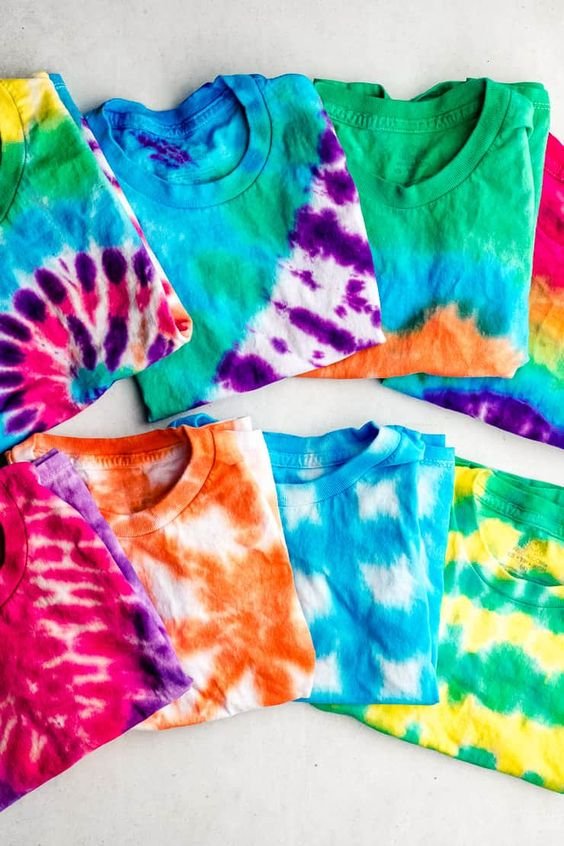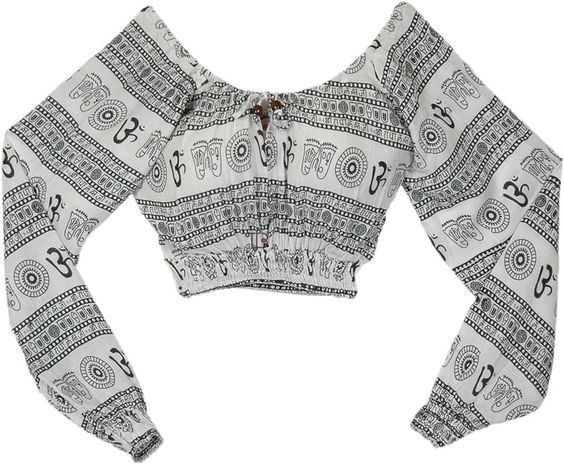Tie-dye t-shirts are making a massive comeback, and it’s not hard to see why. This colorful, creative trend has been around for decades, but it’s recently regained popularity among fashion enthusiasts of all ages. From vibrant festivals to casual streetwear, tie-dye t-shirts are everywhere. In this article, we’ll explore the history of tie-dye, why it’s making a comeback, how to style it, and how you can create your own tie-dye masterpieces at home.
The History of Tie-Dye
Tie-dye has a rich history that dates back to ancient times. The earliest forms of tie-dye can be traced to Asia, Africa, and the Americas, where different cultures used natural dyes and unique binding techniques to create colorful patterns on fabric. In Japan, the art of Shibori involves intricate folding and binding to create delicate, detailed designs. In Africa, tie-dye techniques are used to create bold, geometric patterns on clothing and textiles.
The tie-dye trend we recognize today became popular in the United States during the 1960s and 1970s. It was a symbol of the counterculture movement, representing freedom, creativity, and peace. Musicians like Janis Joplin and the Grateful Dead popularized tie-dye t-shirts, making them a staple at music festivals and in the wardrobes of free-spirited individuals.
Why Tie-Dye is Making a Comeback
So, why is tie-dye making a comeback now? Several factors contribute to its resurgence:
- Nostalgia: Fashion often operates in cycles, and the current trend towards 90s and early 2000s fashion has brought tie-dye back into the spotlight. Many people have fond memories of tie-dye from their childhoods and are eager to relive those moments.
- DIY Culture: The rise of DIY culture has played a significant role in the tie-dye resurgence. People love to create unique, personalized items, and tie-dye offers an easy and fun way to do this. With simple supplies and a bit of creativity, anyone can make their own tie-dye t-shirts at home.
- Pandemic Projects: During the COVID-19 pandemic, many people took up new hobbies to pass the time. Tie-dye kits saw a surge in sales as individuals looked for fun, indoor activities that could be done alone or with family.
- Sustainability: There is a growing awareness of the environmental impact of fast fashion. Tie-dye is a way to upcycle old t-shirts, giving them a new lease on life instead of throwing them away. This aligns with the broader movement towards more sustainable fashion choices.
- Bold Fashion Statements: In an era where individuality is celebrated, tie-dye allows people to make bold fashion statements. Each tie-dye piece is unique, reflecting the personality and creativity of the person who made it.
How to Style Tie-Dye T-Shirts
Styling tie-dye t-shirts can be both fun and versatile. Here are some tips on how to incorporate tie-dye into your wardrobe:
- Casual Look: Pair a tie-dye t-shirt with your favorite jeans or shorts for a laid-back, casual look. Add some sneakers or sandals, and you’re ready for a day out with friends.
- Festival Vibes: Tie-dye t-shirts are perfect for music festivals. Pair your tee with denim cut-offs, a wide-brimmed hat, and some boho accessories like layered necklaces and bangles.
- Layering: Use tie-dye t-shirts as a layering piece. Wear one under a denim jacket or an oversized cardigan for a chic, relaxed style. This is a great way to wear tie-dye in cooler weather.
- Office Ready: Yes, you can even wear tie-dye to the office! Opt for a more subdued tie-dye pattern and pair it with tailored trousers or a skirt. Add a blazer to complete the look.
- Athleisure: Combine your tie-dye t-shirt with yoga pants or joggers for a comfortable yet stylish athleisure outfit. Perfect for running errands or a casual day at home.
DIY: Creating Your Own Tie-Dye T-Shirts
One of the best things about tie-dye is that you can easily do it yourself. Here’s a step-by-step guide to creating your own tie-dye t-shirts:
Materials Needed:
- White cotton t-shirts
- Tie-dye kit (including dye bottles, rubber bands, and gloves)
- Plastic squeeze bottles (if not included in your kit)
- Plastic table cover or garbage bags to protect your workspace
- Plastic bags for wrapping dyed shirts
Steps:
- Prepare Your Workspace: Cover your workspace with a plastic table cover or garbage bags to protect it from dye stains.
- Choose Your Design: There are many tie-dye techniques to choose from, such as spiral, crumple, bullseye, and stripes. Decide on the pattern you want to create.
- Prepare the T-Shirt: Soak your t-shirt in water and then wring it out so it’s damp but not dripping. This helps the dye absorb better.
- Apply Rubber Bands: Use rubber bands to create your desired pattern. For a spiral design, pinch the center of the t-shirt and twist it into a spiral, securing it with rubber bands at intervals.
- Mix the Dye: Follow the instructions on your tie-dye kit to mix the dye. Wear gloves to protect your hands from staining.
- Apply the Dye: Apply the dye to different sections of the t-shirt. Be creative with your color choices and application. Make sure to saturate the fabric well for vibrant colors.
- Wrap the T-Shirt: Once you’ve applied the dye, wrap the t-shirt in plastic and let it sit for 6-8 hours or overnight. This allows the dye to set.
- Rinse and Wash: After the dye has set, rinse the t-shirt in cold water until the water runs clear. Then wash it separately in a washing machine on a gentle cycle.
- Dry: Hang your tie-dye t-shirt to dry. Avoid using a dryer to prevent the colors from fading.
Conclusion
Tie-dye t-shirts are more than just a trend; they’re a form of self-expression and creativity. Whether you’re buying a new tie-dye piece or creating your own, this colorful style is here to stay. Embrace the comeback of tie-dye t-shirts by adding them to your wardrobe and experimenting with different ways to wear and create them. Not only will you be on-trend, but you’ll also be part of a fashion movement that celebrates individuality and sustainability.



